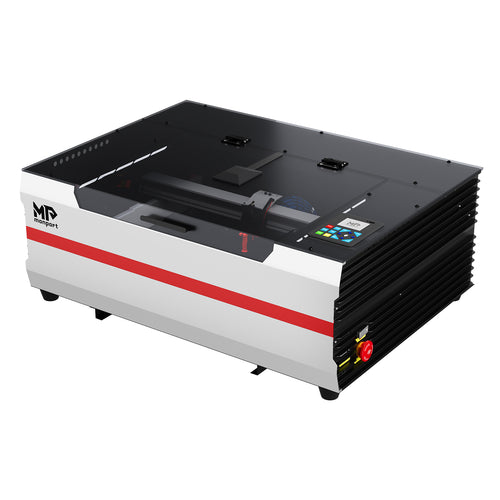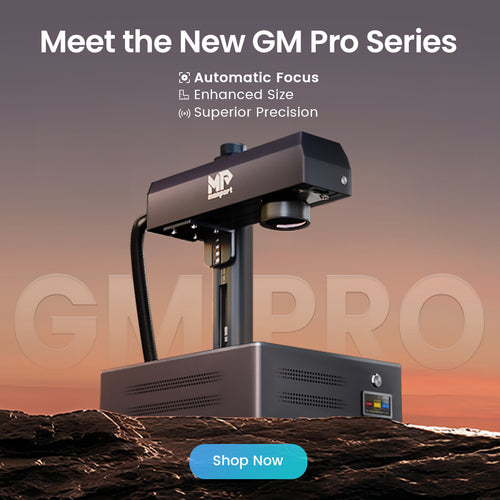As we want to use laser cutting files and a laser machine to mark on plastics, we’re stepping into a difficult field. In many ways, plastics are complex, and with that complexity, you get a touch of uncertainty. Such as, many customers and friends who do graphic advertising need to use plastic sheets. In the process of purchasing and using a laser engraving machine to cut & engrave the plastic, they will encounter some problems. So, this article will introduce some helpful content for our working process with laser cutting files.
Ⅰ. The one of the most durable materials - plastic
Plastics are a wide range of synthetic or semi-synthetic materials that use polymers as a main ingredient. Their plasticity makes it possible for plastics to be molded, extruded, or pressed into solid objects of various shapes. As one of the most durable materials, when we use laser cutting files and laser engraving techniques, many plastics can be marked easily. However, each type of plastic requires unique laser engraving plastic settings to ensure optimal outcomes without damage or health hazards.

Common types of plastic
Plastics have diverse characteristics, making them ideal for creating custom designs with laser cutting files. Below are some common types:
- Glass-Filled Acetal Copolymer (PP)
- Low Density Polyethylene deform(LDPE)
- Acrylonitrile Butadiene Styrene(ABS)
- methyl methacrylate(Acrylic)
- Nylon (Polyamide)(PA)
- Polycarbonates(PC)
- Polyvinyl Chloride(PVC)
- Polyethylene terephthalate(Mylar)
- Polyoxymethylene(POM)(Delrin)
|
Name |
Full Name |
Density (kg/m³) |
Whether or not advised to cut |
|
PP |
Glass-Filled Acetal Copolymer |
905 kg/m³ |
advised |
|
LDPE |
Low Density Polyethylene deform |
910 kg/m³ |
advised |
|
ABS |
Acrylonitrile Butadiene Styrene |
1024kg/m³ |
tends to melt |
|
Acrylic |
methyl methacrylate |
1 051.1 kg/m³ |
not ideal |
|
PA |
Nylon (Polyamide) |
1 140 kg/m³ |
advised |
|
PC |
Polycarbonates |
1 200 kg/m³ |
not ideal |
|
PVC |
Polyvinyl Chloride |
1250kg/m³ |
releases chlorine gas |
|
Mylar |
Polyethylene terephthalate |
1 400 kg/m³ |
advised |
|
Delrin |
Polyoxymethylene(POM) |
1 425 kg/m³ |
advised |
|
Kapton tape |
polyimide |
1 420 kg/m³ |
advised |
What Plastic Is Good For Laser Cutting?
PC Sheeting
Acrylic
Kapton Tape

What plastics cannot be laser cut?
Even if you have a powerful laser cutter, there are some plastics that you shouldn’t use for your laser cutting projects. These three kinds we didn’t advise that we engrave and cut them;Let’s have a look at each of these and why you shouldn’t laser cut them.
- PVC
Despite PVC has a wide range of applications, but it is not safe for laser cutting. Under a laser beam, the material releases chlorine gas (and can possibly release hydrochloric acid). Apart from damaging the laser cutter, these by-products can also result in serious physical injury.
- Coated carbon fiber
Carbon fiber is a plastic material that is not ideal for laser cutting due to its high absorption of laser energy. It also possesses a very high energy diffusivity. As a result, it can easily catch fire, which can spread to large parts of the material during the cutting process. the material produces toxic fumes. The fumes can be especially dangerous in closed spaces
- ABS plastic
ABS is another material not ideal for laser cutting as it tends to melt, leaving behind a gooey mess. Furthermore, it produces hydrogen cyanide, which is toxic even in small amounts.

Ⅱ. How to laser engrave/cut plastic?
Knowing about more of plastic material. Some friends and customers should want to know how to engrave/cut plastic. Our AD KOL Naomi use Monport 80W laser machine to cut the Delrin-one of the plastic, and finish the gear art, the video is long, it needs 19 minutes 36 seconds, pls adjust into 8:28 (8 minutes 28 seconds)
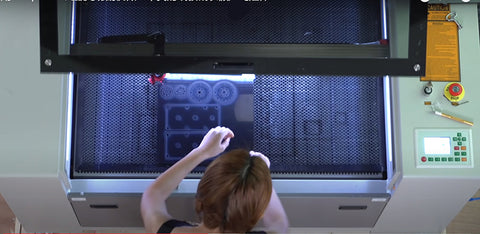
The detailed video which Monport 80W laser machine is engraving Delrin as above. The 80W laser machine machine settings as below:
Machine Settings
Monport 80W CO2 Laser Engraver & Cutter
Cutting Power: 40~60%
Cutting Speed: 10 mm/s
Our Suggestion For Cutting&Engraving The Plastic
- When cutting acrylic. This ensures that the laser beam melts the edges and creates a smooth edge. The process is perfectly safe, but you should wear protective gear to protect against any fumes.
- while cutting PC sheet, It is hard (even harder than acrylic), making it trickier to cut complex designs. It also absorbs high levels of infrared energy and can easily catch fire (If it is too thick). Pls don’t keep away from the laser machine.
- Whencutting Delrin material, it tends to warp, especially if stored improperly. It also produces fumes, though not toxic, are very pungent. and it can catch fire, especially under a powerful laser beam. therefore It is advisable to use low cutting speed and low power when using laser to cut.
- Whether you choose which plastic material. It’salways recommended to invest in a fume extractor not only for the health benefits but also to protect your laser from contamination and corrosion
- Most of laserable plastics can be engraved at high speed with power adjusted accordingly for the wattage of your laser. When experimenting, set your speed to a fast setting and then adjust the power output until you get a nice engraving without any melting.
- With some plastics it is best to engrave using two passes. The first pass cuts through the cap layer and the second pass cleans away the residue that some plastics leave behind.
- Another technique that can be useful is to mask the plastic before engraving with transfer or masking tape. This will prevent a buildup of residue on the plastic surface.
- Try misting the transfer tape with water to reduce heat buildup and melting on sensitive
- If you do not get acceptable initial results with the recommended speed and power settings, start experimenting by first changing only the power setting. If adjusting the power setting does not work, start over and adjust only the speed setting. Once you have acceptable results, record those settings for that particular plastic so that you do not have to repeat the experimentation process
Ⅲ.Applications
Plastics material are highly versatile and used for many different applications. Used together, laser machines cutting & engraving plastic which can significantly broaden your product line and processing capabilities. Some of the more common applications for laser cutting plastic engraving and non-contact laser marking include:
- Automotive parts
- Keyboards
- Tools and handles of tools
- Buttons and switches with day & night design
- Identification tags for name
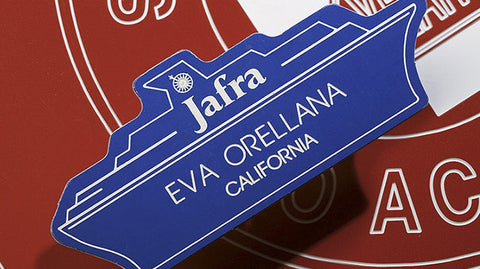
- Packaging
- Housings made of plastic
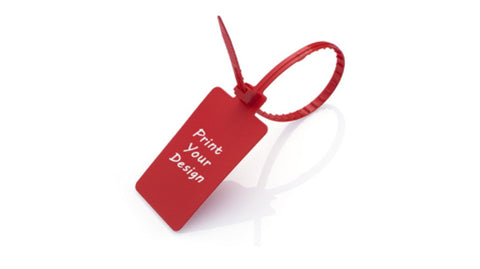
- Laser Engraved Plastic Zip Ties
- Electric plugs
- Electronic components
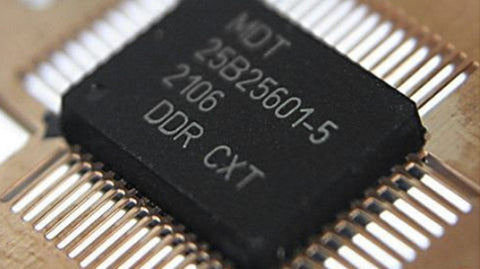
- Laser Marking On Electronic Parts
- Printed circuit boards (PCB)
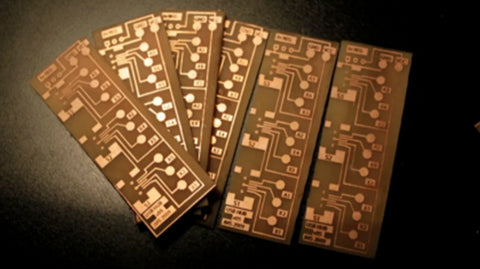
PCB Prototyping by Laser Cutter, when we cut the PCB Prototyping, from start to final, there 5 steps for sign the process.
Frequently Asked Questions (FAQs)
-
Q: What types of plastics are best for laser cutting and engraving?
A: Some of the best plastics for laser cutting and engraving include Mylar, Acrylic, Delrin, Nylon, and Kapton tape. These materials generally produce clean cuts and engravings when the correct machine settings are applied. -
Q: Which plastics should never be cut with a laser machine?
A: Plastics like PVC, ABS, and coated carbon fiber should never be cut with a laser machine. They release toxic fumes such as chlorine gas or hydrogen cyanide, which can damage the machine and pose serious health risks. -
Q: What are the recommended settings for cutting Delrin with a Monport 80W CO₂ Laser Engraver?
A: For Delrin, it’s best to use low power and low cutting speed. Recommended settings are 40–60% power and around 10 mm/s speed. This prevents warping, reduces the risk of fire, and ensures a smoother finish. -
Q: How can I avoid melting or residue when engraving plastics?
A: To avoid melting or residue, you can use masking tape on the plastic surface, mist it lightly with water, and consider engraving in two passes. It’s also important to adjust speed and power gradually to find the best balance for each type of plastic. -
Q: Do I need additional equipment when laser cutting plastics?
A: Yes, it’s highly recommended to use a fume extractor. This helps remove harmful fumes, protects your health, and prevents contamination or corrosion inside the laser machine.
Would you like me to also make a short meta description (120 characters) for this blog?
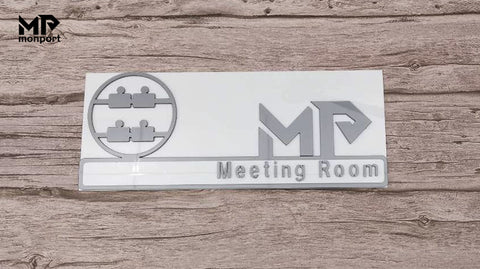
Final thoughts
Hope this article can guide you through the process of laser engraving, cutting plastic. Using the Monport laser system, plastic engraving/cutting becomes more efficient, cheap and environmentally friendly.If you want to try laser engraving on plastic, add the Monport machine to your shopping list!






